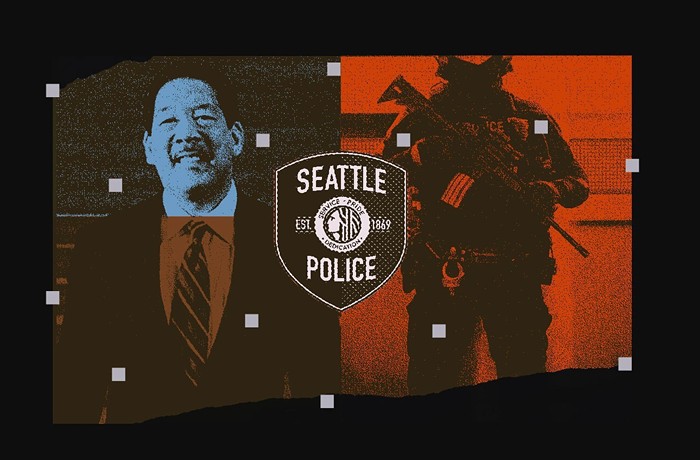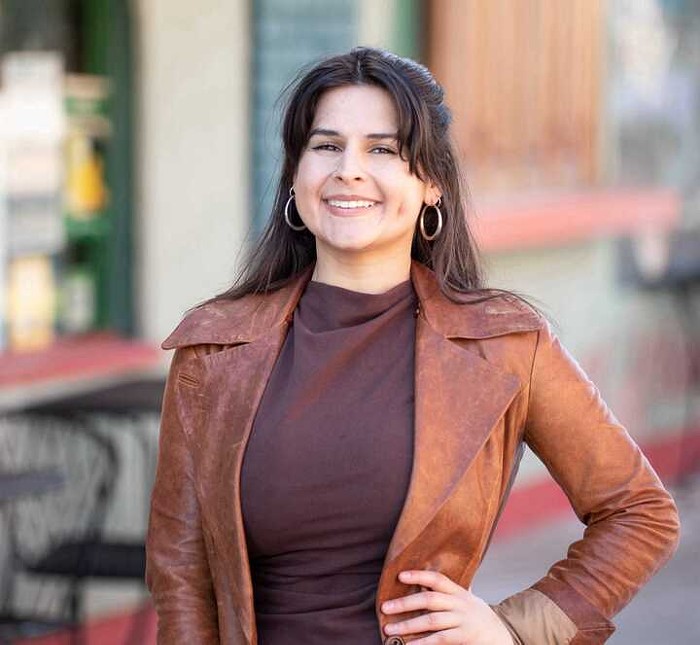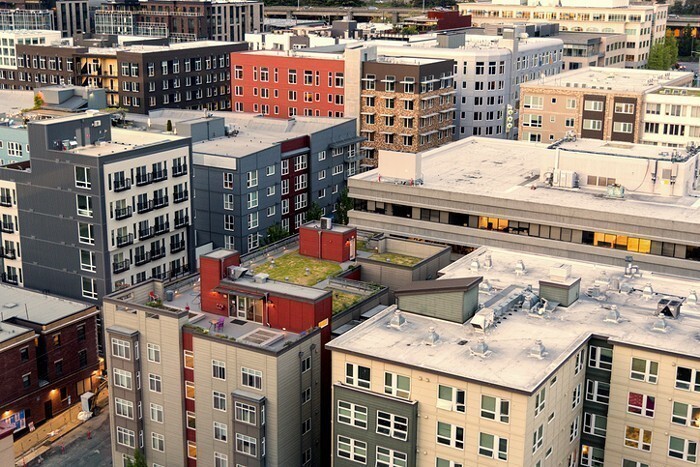
Remember way back in 2016, when the Seattle City Council successfully allocated money to create two facilities where drug users could go to use their drugs in a clean and supervised environment? Well, the Heroin and Prescription Opiate Addiction Task Force recommended the sites, but, thanks in large part to a hostile Trump administration, Seattle's dollars remained unallocated in general fund purgatory.
After years of inaction, this year Councilmember Lisa Herbold proposed an alternative solution: create supervised drug-use sites inside existing social service programs rather than in their own brick-and-mortar facilities. The measure would reduce overdoses, distribute services citywide, and save money.
But near the end of the Seattle City Council’s budget deliberations, Councilmember Alex Pedersen made a motion to remove that legislation from the budget, arguing that the sites don't connect enough addicts to treatment.
“People won’t receive treatment if they die,” Herbold responded.
No council members sided with Pedersen. As of last week, the council added $1.12 million to the Seattle Human Services Department contract with Public Health Seattle and King County to create supervised consumption sites. That's down from the $1.4 million the council set aside in 2016 and 2017.
Does Seattle need supervised consumption sites?
Jesse Rawlins, a public policy manager for the Public Defenders Association, said supervised consumption reduces harm. The sites can reduce health complications for drug users, lower costs for cities, cut down on drug litter, and reduce disease transmission.
Drug users already use drugs in unsafe situations—alone, with dirty needles, without Naloxone nearby to reverse an overdose. Overdose deaths continue to rise in King County and, with one month left in the year, 2020 is breaking records.
In a memo to the council and Mayor Jenny Durkan, Rawlins noted that 14% of King County's fatal overdoses in 2019 were homeless people. The unhoused make up only 0.5% of the county's population.
The U.S. doesn't have a sanctioned safe or supervised consumption site, but, according to five years of data from an unsanctioned safe consumption site in the U.S., no drug users at the site have ever died from an overdose.
The city's goal is to meet people where they are and outfit facilities drug users already use with supervised consumption capabilities. Places already providing drug user services like syringe exchanges or medication-assisted treatment could top the list for potential supervised consumption spaces.
Where would they be?
Rawlins isn't exactly sure what outfitting one of these places will look like. That will be up to the service providers.
"Making consumption safer can look different in a lot of ways," Rawlins said. He listed off a few ideas: providing medical supervision to support drug users to make sure they're using safely, making bathrooms safer by installing an intercom to communicate with someone who is using and to make sure they're not overdosing, and increasing staffing.
"I want service providers to be super creative when they apply for the funding," Rawlins said. After all, he pointed out, Seattle is the city of innovation.
Michael Ninburg is the executive director of the Hepatitis Education Project (HEP). He isn't sure yet if HEP will apply for funding, but supervised consumption is something "our clients say that they really want and ask for," Ninburg said.
According to a 2018 HIV/AIDS Epidemiology Report on syringe services, 80% of participants at syringe service programs said they wanted a supervised consumption site.
HEP functions as a hepatitis clinic, a syringe exchange, a low-barrier Buprenorphine clinic, and they also provide wound care. Ninburg said that most of the people who use HEP have "negative associations with traditional health care." Supervised consumption would be low-barrier, too, and, as Ninburg put it, wouldn't have any "requirement to change behavior."
Ninburg described supervised consumption as a "start" to addressing the opioid crisis in the city that "brings some humanity to the problems associated with addiction."
Will Durkan follow through?
The council budget is done. Durkan still needs to sign it. She'll also need to spend the funding the council allocated. That's where safe consumption sites ran into snags last time.
Durkan delayed the past legislation. The council passed the original legislation in 2016 and renewed it in 2017. In 2018, the federal government blocked a new safe consumption site in Philadelphia (plus wrote a threatening op-ed in the New York Times) which scared progressive mayors from acting. On top of that, Durkan said the $1.4 million the council originally allocated wouldn't be enough for two brick-and-mortar sites.
The new strategy for supervised consumption sites costs less and it may even recoup funds for the city. According to a new study from the Institute for Clinical and Economic Review (ICER), adding a supervised consumption site to a needle exchange in Boston would only cost around $500,000, but would save the city around $4 million on "ambulance rides, emergency room visits, and hospitalizations after an overdose."
Cost-saving? An incoming Biden administration? No more excuses for inaction.
As of now, Durkan seems game. According to a vague statement she issued through Kelsey Nyland, Durkan's spokesperson, the Mayor "supports expanded access to drug treatment and increased services for people experiencing substance use disorders." Supervised consumption is part of that, Nyland said.
Let's hope Durkan follows through this time.



















